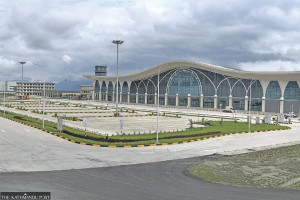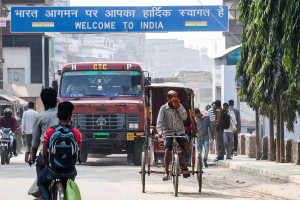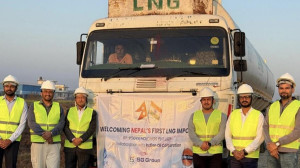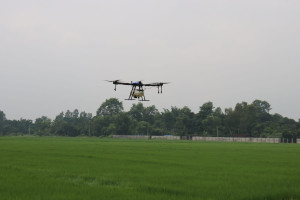Money
India recognises Nepal food lab for exports after a five-year wait
Recognition covers eight products. According to exporters, it will benefit farmers, producers by cutting hassles, costs.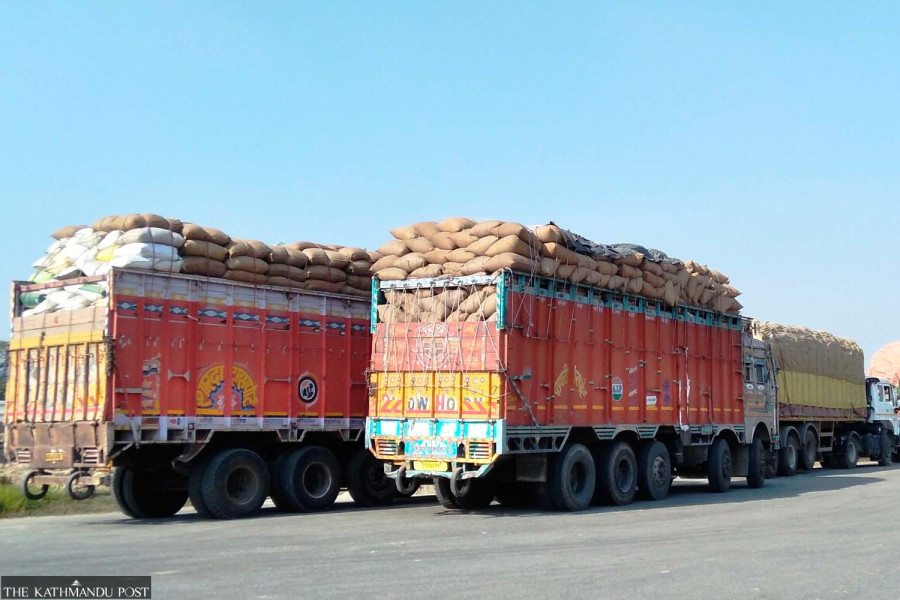
Krishana Prasain
India’s food safety authority has officially recognised standard certificates issued by Nepal’s National Food and Feed Reference Laboratory (NFFRL), marking a milestone five years after the two countries signed a related memorandum of understanding.
This recognition allows eight specific food products—juice, jam, jelly, pickles, candies, ginger, fresh fruits and vegetables, plus instant noodles—to be tested at the Nepali lab and accepted for export to India.
Exporters have welcomed the move, saying it will benefit farmers and producers by reducing export-related hassles, eliminating reliance on middlemen, and cutting costs.
The Indian Embassy in Nepal informed the Post that the Food Safety and Standards Authority of India (FSSAI) has recognised the NFFRL under Nepal’s Department of Food and Technology Quality Control (DFTQC) for testing food samples.
According to the embassy, analysis certificates issued by NFFRL in Kathmandu will now be accepted by Indian authorities for imports, potentially boosting Nepali exports of the listed items.
However, Nepali authorities have yet to get official documentation from the Indian side.
The development stems from a series of diplomatic and regulatory exchanges dating back to June 17, 2019, when the then KP Sharma Oli administration mandated pesticide residue tests for Indian fruits and vegetables at border points.
Lack of proper testing facilities on Nepal’s side led to delays, with Indian trucks carrying produce stuck at the border.
On June 29, 2019, the Indian Embassy in Kathmandu wrote to Nepal’s Ministry of Foreign Affairs, urging the government to recall the testing decision, claiming it imposed a non-tariff barrier.
Nepal eventually withdrew the pesticide tests, sparking a public backlash. The decision was challenged in court, and the Supreme Court issued an interim order to continue the tests pending a final verdict.
Against this backdrop of the two countries hindering the import of each other’s produce under various pretexts, in August 2019, the two countries signed an MoU during the Nepal-India Joint Commission Meeting to recognise 10 food groups from Nepal.
According to DFTQC spokesperson Mohan Krishna Maharjan, India’s food safety authority initially gave Nepal a year to bring the agreed food items under its quality scope.
As the work remained incomplete, Nepal requested an extension and proposed the inclusion of additional parameters. The Covid pandemic delayed India’s audit process.
India asked Nepal to apply for an integrated assessment three years later to gain lab accreditation.
Maharjan confirmed that while the lab appears to have received the required certification, official confirmation has yet to arrive.
It also remains unclear whether the recognition covers individual food items or entire food groups.
Nepal had applied for accreditation for 10 food groups: milk and milk products; fats and oils; fruits and vegetables; cereals and cereal products; meat and meat products; fish and fish products; sweets and confectionery; sweetening agents including honey; beverages; and salt, spices, condiments and related products.
Sanjeev Kumar Karn, director general of the DFTQC, said they have received informal notice from the Indian Embassy and expect official documents soon.
Once confirmed, lab-tested samples from Nepal will be accepted at Indian customs points, simplifying the export process for local producers.
Karn also said that Nepal plans to seek accreditation for additional products such as tea, edible oils, biscuits, and cookies.
Nepali exporters have hailed the development.
Narendra Kumar Khadka, president of the Nepal Ginger Producer and Traders Association, called it ‘welcome news’ and stressed the need for effective implementation.
He explained that lab testing in India costs between IRs30,000 and IRs35,000 (approximately Rs48,000 to Rs56,000), with tests conducted in cities like New Delhi and Kolkata. Traders had to hire agents to conduct tests, register products under the agents’ names, and cover significant transport costs.
According to Khadka, the system was riddled with inefficiencies and corruption.
Exporters often had to pay Rs50,000 to Rs60,000 per truck in unofficial customs fees to ensure that their products, such as ginger, were tested.
“This development has broken the syndicate between Nepali and Indian customs agents who usually collude to overcharge on farm exports,” Khadka said. “I hope this corrupt system will end.”
Most ginger exports from Nepal are routed through Mechi customs in eastern Nepal, followed by Bhairahawa in western Nepal.
In the last fiscal year, Nepal exported 10,069 tonnes of ginger worth Rs1 billion to India. Juice exports stood at 50,765 tonnes, valued at Rs4.88 billion, while 1 tonne of jams and jellies worth Rs1.56 million was also exported.
Pickle exports rose by 6.96 percent during the same period, with Nepal exporting 182 tonnes worth Rs150.81 million. The export of sugar confectionery reached 40 tonnes, valued at Rs11.17 million. Likewise, fresh fruit exports amounted to 559 tonnes, bringing in Rs19.02 million, and vegetable exports totalled 11,735 tonnes, worth Rs201.87 million.
Exported vegetables included white and red cabbage, beetroot, green peas, capsicum, and pumpkin.




 16.12°C Kathmandu
16.12°C Kathmandu






